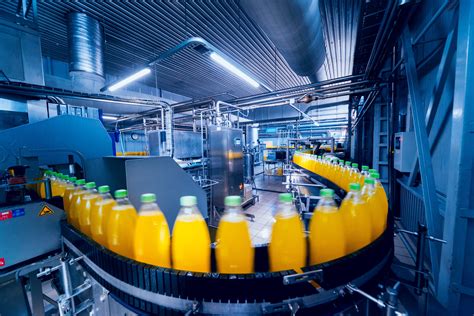A Complete Guide to Recipes in the Food and Beverage Industries
The food and beverage industry is a vast and dynamic sector, encompassing everything from farming and manufacturing to distribution and retail. Central to this industry, and the key to its success, are the recipes themselves. These aren't just simple lists of ingredients; they're meticulously crafted formulas that dictate quality, consistency, and ultimately, profitability. This guide delves into the crucial role recipes play, examining their components and the processes involved in creating and managing them.
Understanding the Recipe's Components: More Than Just Ingredients
A successful food and beverage recipe is far more than a list of ingredients and their quantities. It's a detailed blueprint that includes several critical elements:
-
Ingredients: This is the foundation, specifying exact quantities, quality standards (e.g., grade of flour, type of sugar), and sources where possible. Consistency in ingredient quality is paramount for replicating the desired product.
-
Process Specifications: This section outlines the precise steps involved in preparing the product, including cooking times, temperatures, mixing methods, and any specific equipment required. Detailed instructions ensure consistent results across different batches and locations.
-
Quality Control Checks: Built-in quality checks throughout the process are vital. This section outlines testing procedures at various stages, ensuring the final product meets the defined standards. This might involve checking pH levels, viscosity, or sensory evaluations (taste, texture, aroma).
-
Yield and Costing: Accurate calculations of the final yield (amount of product produced) and the cost of production per unit are crucial for profitability. This section details both direct (ingredients) and indirect (labor, utilities) costs.
-
Packaging and Storage Instructions: Once production is complete, detailed instructions on packaging and proper storage are critical for maintaining product quality and shelf life. This includes temperature requirements and any specific packaging materials.
-
Legal and Regulatory Compliance: The recipe must adhere to all relevant food safety regulations and labeling requirements. This includes allergen information, nutritional data, and any specific labeling mandates for the target market.
The Recipe Development Process: From Inspiration to Production
Developing a successful recipe is a meticulous process involving several stages:
-
Concept and Ideation: This is where the initial idea for the product is generated, considering market trends, consumer preferences, and existing product gaps.
-
Formulation and Experimentation: This stage involves numerous trials and adjustments to fine-tune the recipe, achieving the desired flavor profile, texture, and appearance. This often requires specialized equipment and skilled food technologists.
-
Standardization and Testing: Once a satisfactory recipe is developed, it undergoes rigorous testing to ensure consistency across multiple batches and different environments. This phase might involve sensory panels, shelf-life studies, and stability testing.
-
Scaling and Optimization: The recipe is then scaled up from small-batch experimentation to the quantities required for commercial production. This often necessitates adjustments to the process and equipment.
-
Documentation and Implementation: The final, standardized recipe is meticulously documented and implemented across all production facilities. This ensures that every unit produced maintains the same high standards of quality.
Managing Recipes in the Food and Beverage Industry: Technology's Role
In today's sophisticated food industry, recipe management software and systems play a crucial role in maintaining accuracy, streamlining processes, and ensuring compliance. These systems provide centralized storage for recipes, allowing for easy access, updates, and version control.
By focusing on these crucial aspects of recipes within the food and beverage industry, companies can ensure product quality, consistency, and ultimately, success in a competitive market. The recipe isn't just a list; it's the foundation upon which a thriving business is built.
